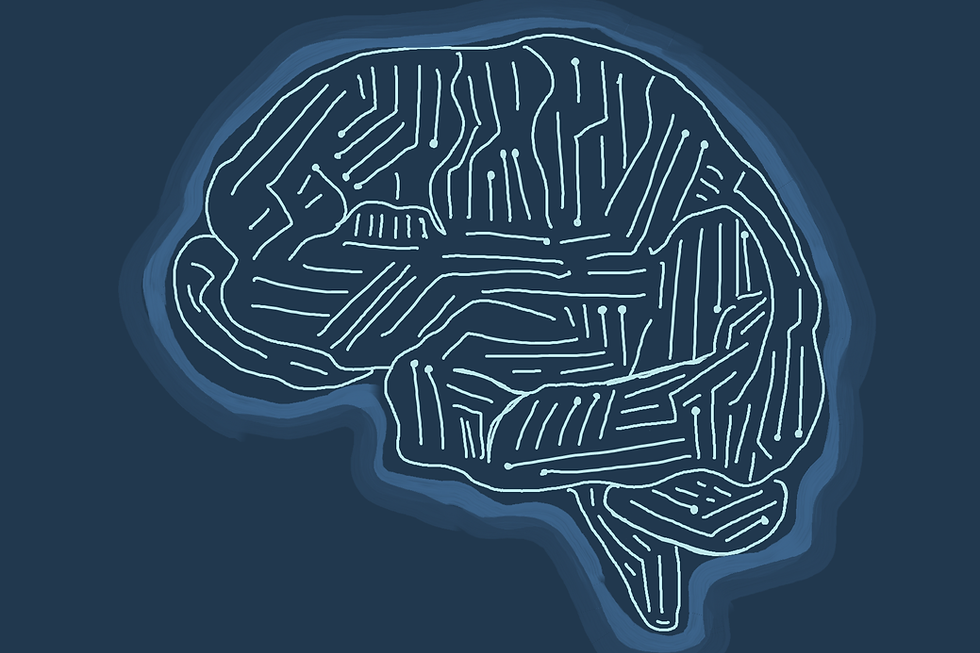A Modern Interpretation of Shell-Shock: PTSD from a Genetic and Molecular Perspective
- The Natural Philosopher
- Sep 29, 2017
- 2 min read
By Julia Sjoquist
As science progresses, society follows; our perspectives change in relation to scientific. This trickle-down understanding of science can be exemplified in the field of mental illness, or more pointedly, PTSD. The earliest descriptions of PTSD date back to the Civil War in soldiers with war “nostalgia”. More and more physicians witnessed and detailed similar fatigue, flashbacks, and increased startle reflexes in soldiers coming off the battlefield, labeling it “shell shock” at the close of WWI and then upgrading it to CSR, “combat stress reaction”, in the 1940s (WWII). Different terms for the same symptoms kept progressing as the psychiatric lexicon grew.
Even when the symptomology gained notoriety many physicians still believed PTSD was a figment of the imagination. Only in the 1980’s did the American Psychiatric Association add PTSD into the DSM-III. And only now is science uncovering underlying biochemical processes and cognitive triggers behind the potentially debilitating disorder. In 2011, Ressler et al. proposed a link between the pituitary adenylate cyclase-activating polypeptide (PACAP) and PTSD. PACAP was already known to affect and regulate stress response at a cellular level, but the researchers speculated on its participation in the activation and maintenance of PTSD.
To test their hunch, Ressler et al. drew blood for PACAP, and the genetic variation and methylation of PACAP genes were analyzed from more than 1,200 “highly traumatized” individuals and individuals without PTSD. Results supported a link between the peptide and PTSD, as well marked sex differences in men and women. As PACAP38 levels rose in females, so did their PTSD symptomology (flashbacks, startle reflex, and avoidance behavior) but these results weren’t seen in men. Sex hormones, oestrogen specifically, were implicated in the PACAP / PTSD interaction; oestrogen injections into a female rat’s BNST (a known hormonal, emotional and stress control nucleus in the brain) were associated with increased Adyap1 (PACAP receptor) transcripts. A specific locus for PACAP methylation was also significantly associated with total PTSD symptomology, suggesting a genetic component.
This research by Ressler et al. highlights the progress we’ve made since the days of “nostalgia” and “shell shock”. Further research on epigenetic and hormonal triggers may lead to a plausible targeting system using PACAP biomarkers, and perhaps even treatment in the future. PTSD research has a long way to go, but a better understanding of PACAP sets precedence for a better molecular understanding of stress-related conditions.


Comments